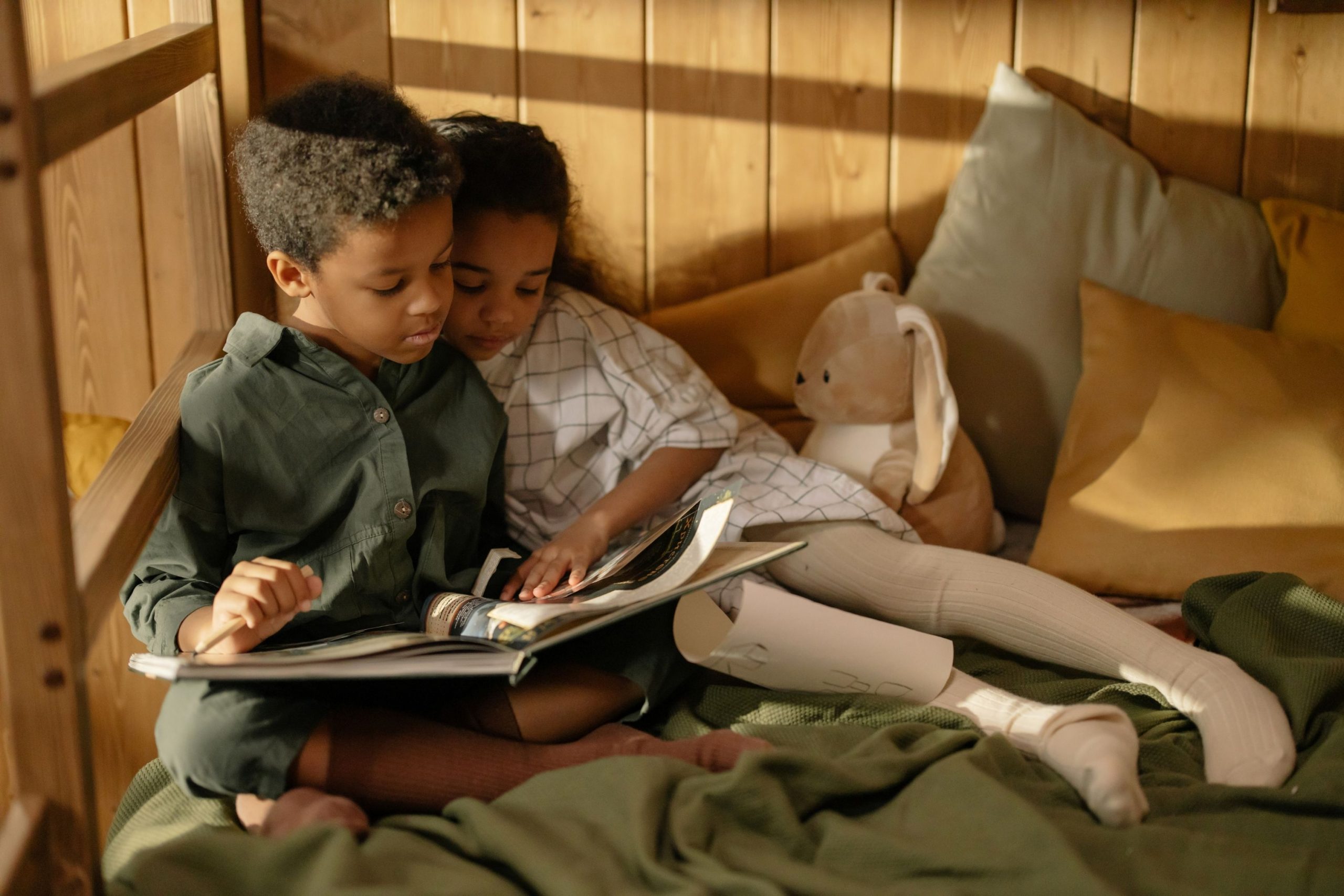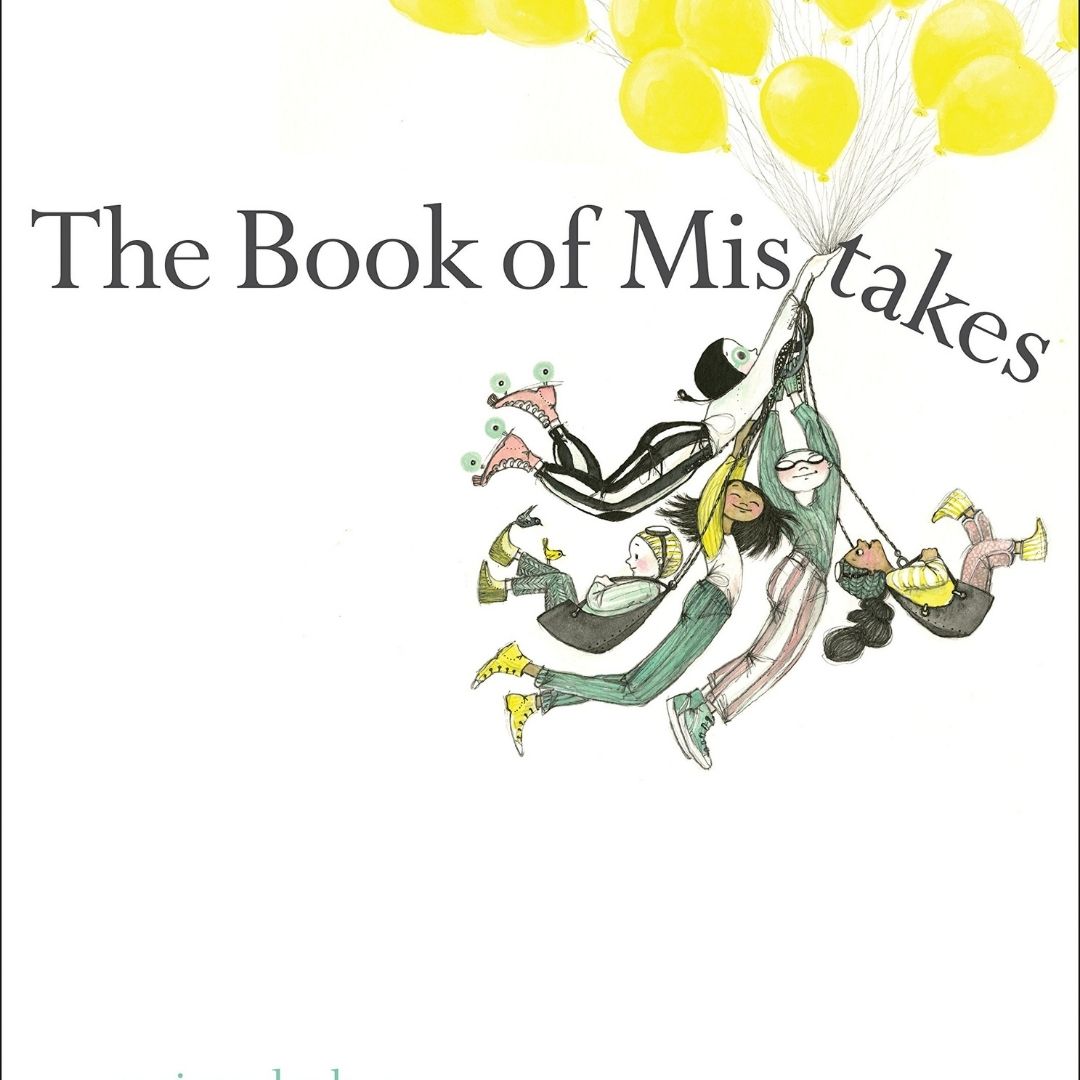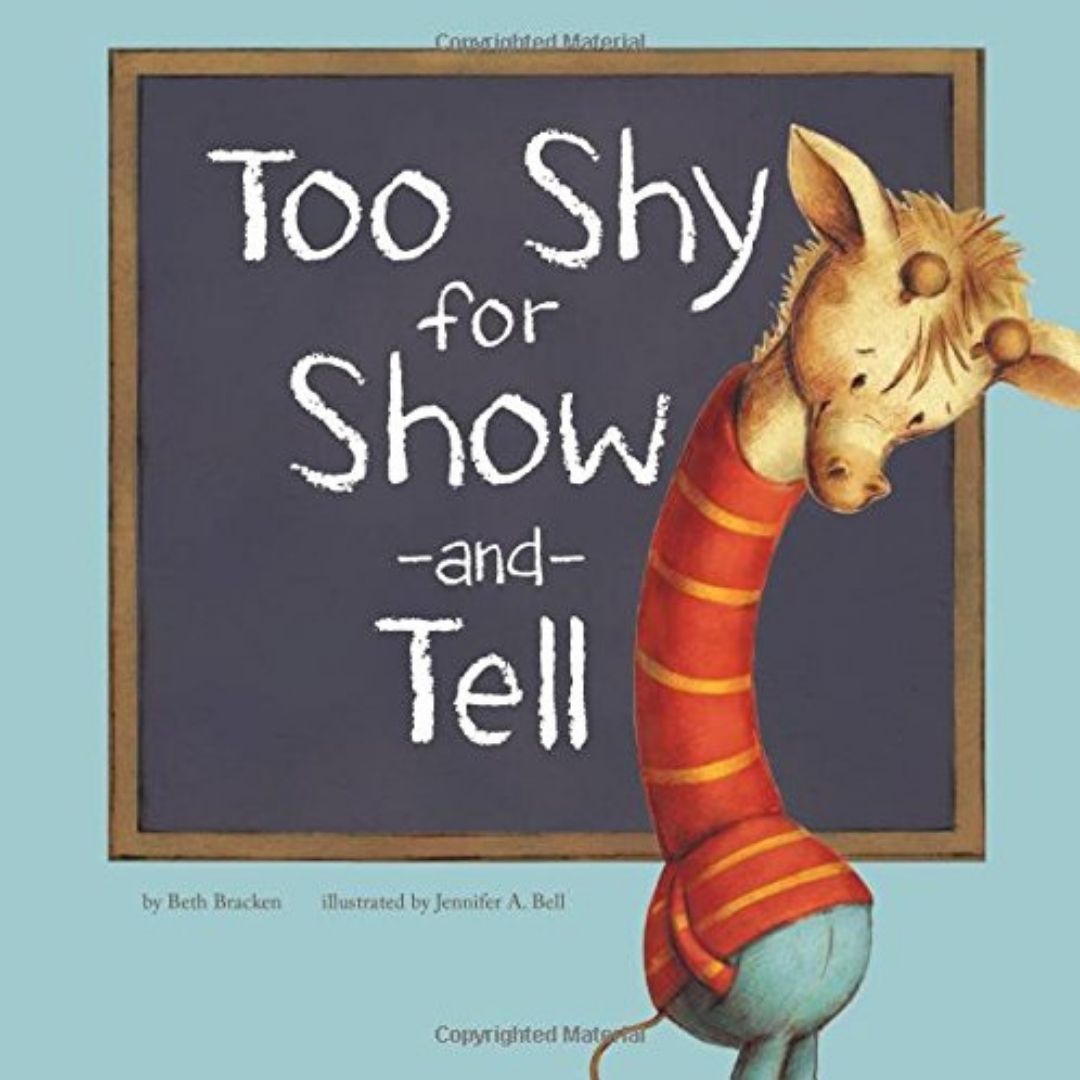Recreating Normal
A path back to school for students, families and teachers
After more than a year of Google Meet fatigue, our adjustment to the “new normal”— whatever that is — will going on for a long time. The common thread in this learning tapestry is the need to adapt to change. New learning protocols, shifting schedules, revised safety requirements, reassessments of where kids are academically and what they need emotionally after this past year — all these are extra challenges on top of those faced by teachers, parents and children in any “normal” year.
Children’s books can provide an excellent starting point for address these challenges. These picture books are geared for pre-K through second grade, but they contain messages that will provide discussion and comfort for older children as well.
A good place to begin is the New York Times bestselling book, What Do You do with a Problem by Kobi Yamata. This book is about a boy who faces a problem and, in the process, comes to recognize opportunities. Use it a springboard into addressing things that might be upsetting to children. This author also wrote, What Do You Do With a Chance? and What Do You Do with an Idea?, two other books that can inspire any of us to look more closely at challenges we face.
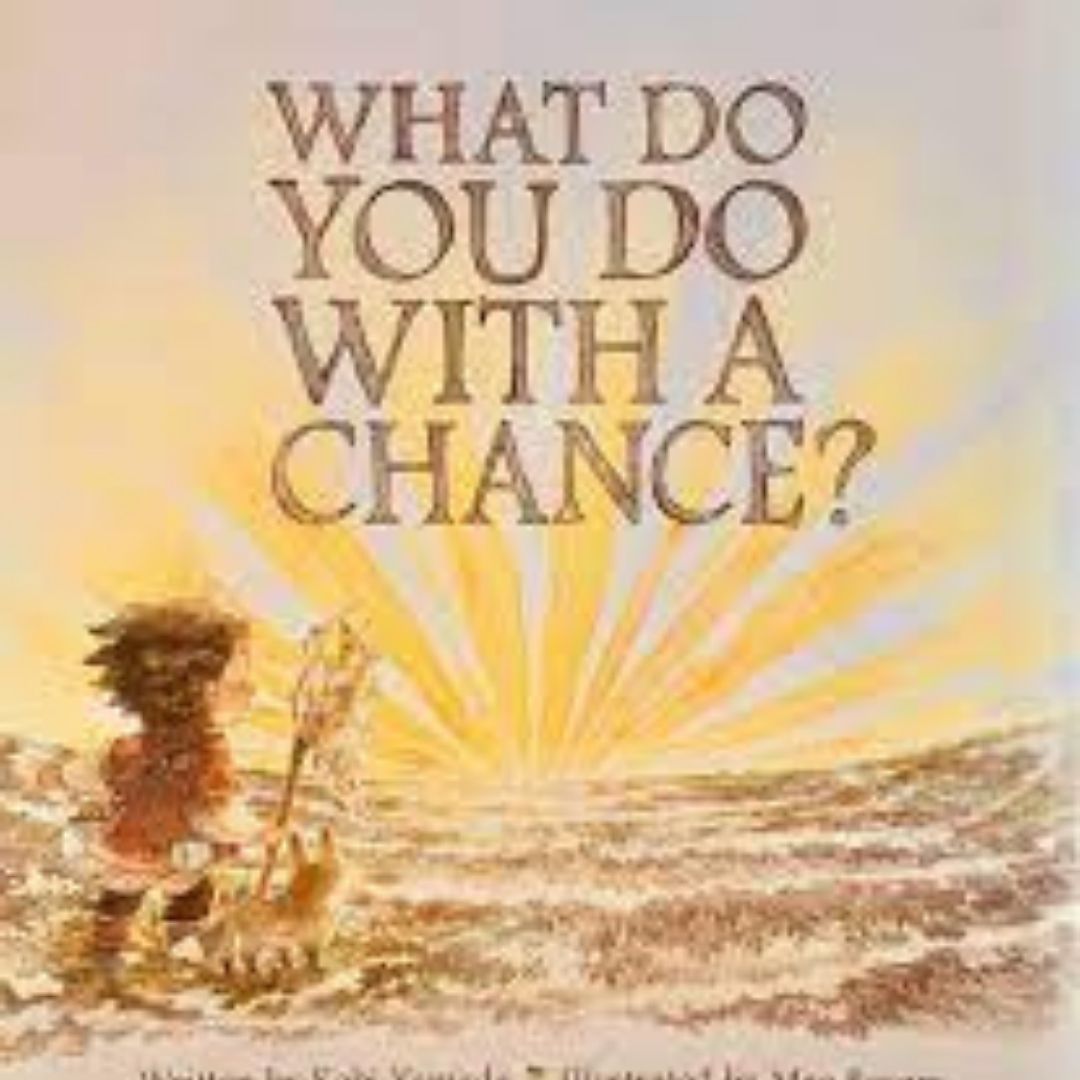
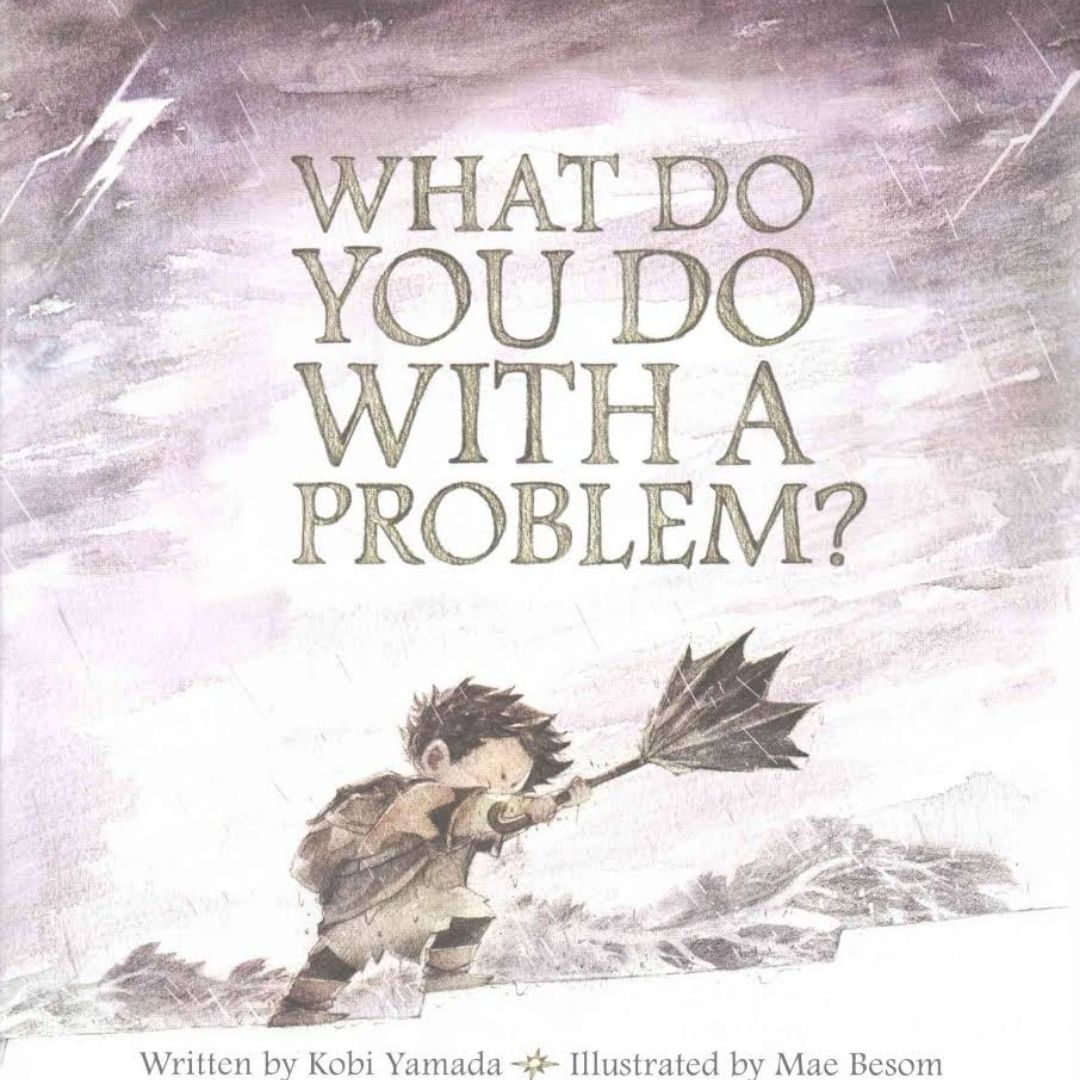
To apply this story’s message, particularly about finding opportunities when confronted with a problem, take a sheet of paper and divide it in half, with the left column labelled, “Problems” and the right “Opportunities.” This approach provides a context for identifying students’ problems and finding opportunities along the way to make lemonade out of lemons while developing their problem-solving skills. If you hear, “I forgot my assignment at home,” you can ask, “What are things that you can do to remember it the next time?” One opportunity would be to have children develop a routine that includes having a “return to school” folder inside their backpacks, where put their homework as soon as it is completed. The upside of identifying “problems” is recognizing the importance of having a plan that helps students remember.
Another fun way to apply the book’s message is to use balloons to demonstrate how worries grow problems and hide opportunities. Take a long balloon (ones to make animals), a sheet of paper and some pencils. Before going forward, review the story stressing the message that worrying increases problems and keeps us finding solutions. Show a balloon and ask students what they see (a deflated balloon), then blow air into it. The inflated balloon represents a problem. Ask: “What happens if more air is added?” Then blow more air into the balloon, demonstrating that “worrying about the problem” makes the balloon bigger. Lastly, tie off the balloon and ask what opportunity might be lurking within the problem as you twist the balloon into different shapes. With each new shape comes hidden opportunities. Get students to explain orally or in writing what these opportunities might be.
Children’s books also can be used to ease the re-entry to in-person learning. For example, participating in show-and-tell in front of the class, and other ways of sharing things with classmates, might overwhelm some children. Too Shy for Show-and-Tell by Beth Bracken tells the story of Sam, a quiet boy who truly dislikes show-and-tell. Just the thought gives him a stomachache. Learn how Sam conquers his fear.
No one learns without making mistakes. In The Book of Mistakes, author Corinna Luyken shows how “mistakes” can blossom into creativity. Making mistakes is particularly common in math, but having students realize that mistakes are a way to new learning is a significant step forward. If parents and teachers take the opportunity to listen to how children arrive at their solutions, their explanations can prompt questions to get them to think more deeply, not merely about getting the right answer.
Trudy Ludwig’s book The Invisible Boy is about Brian, for whom never being seen or recognized is a daily occurrence. He retreats into his imagination when he isn’t picked for the kickball team. Even the teacher finds her attention taken by the noisier, more demanding children. Nobody ever seems to notice Brian or thinks to include him in their groups, games or celebrations, until a new student comes to class. This gentle picture book, followed by discussion questions geared for teachers and parents, encourages us to find ways to help all children feel included and affirmed.
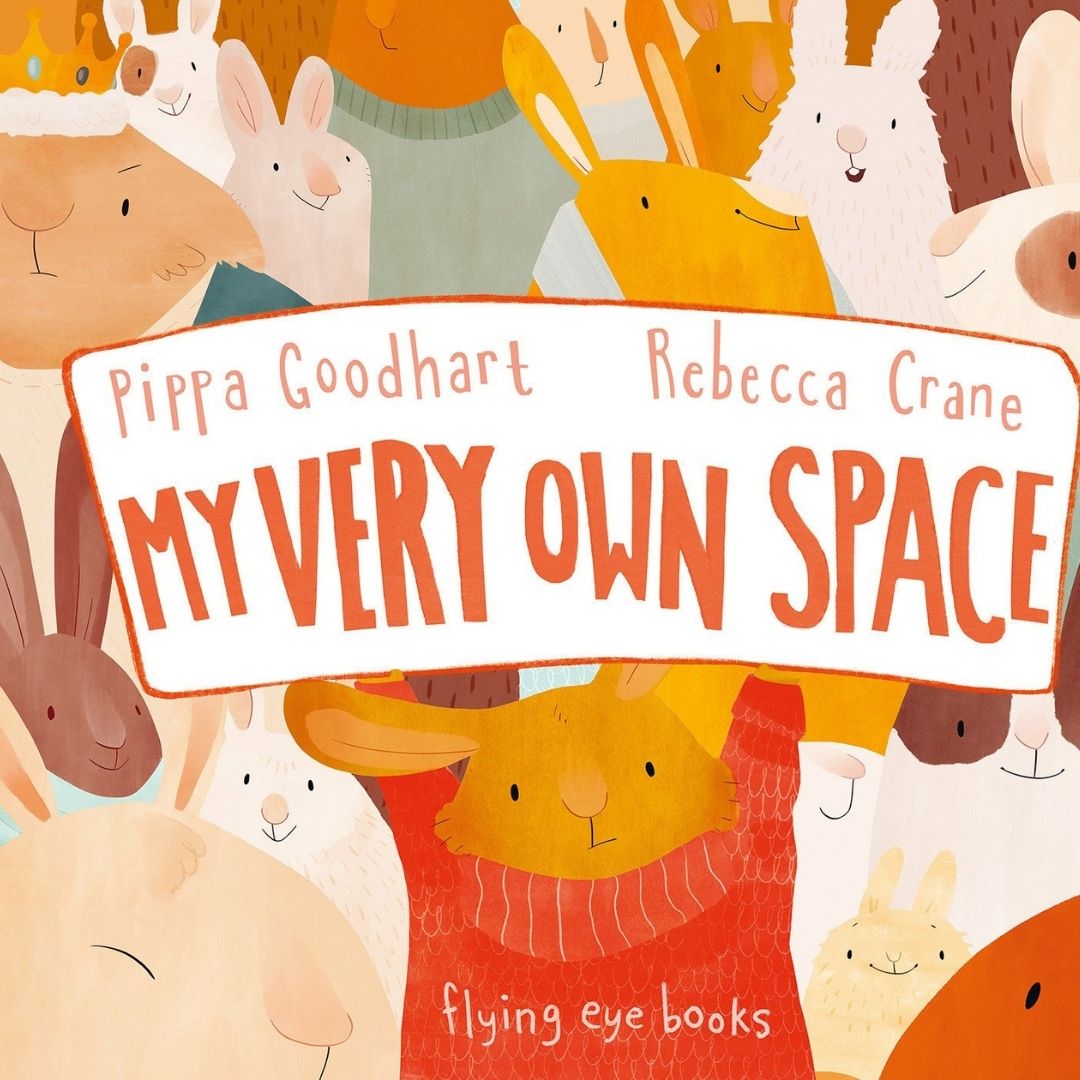
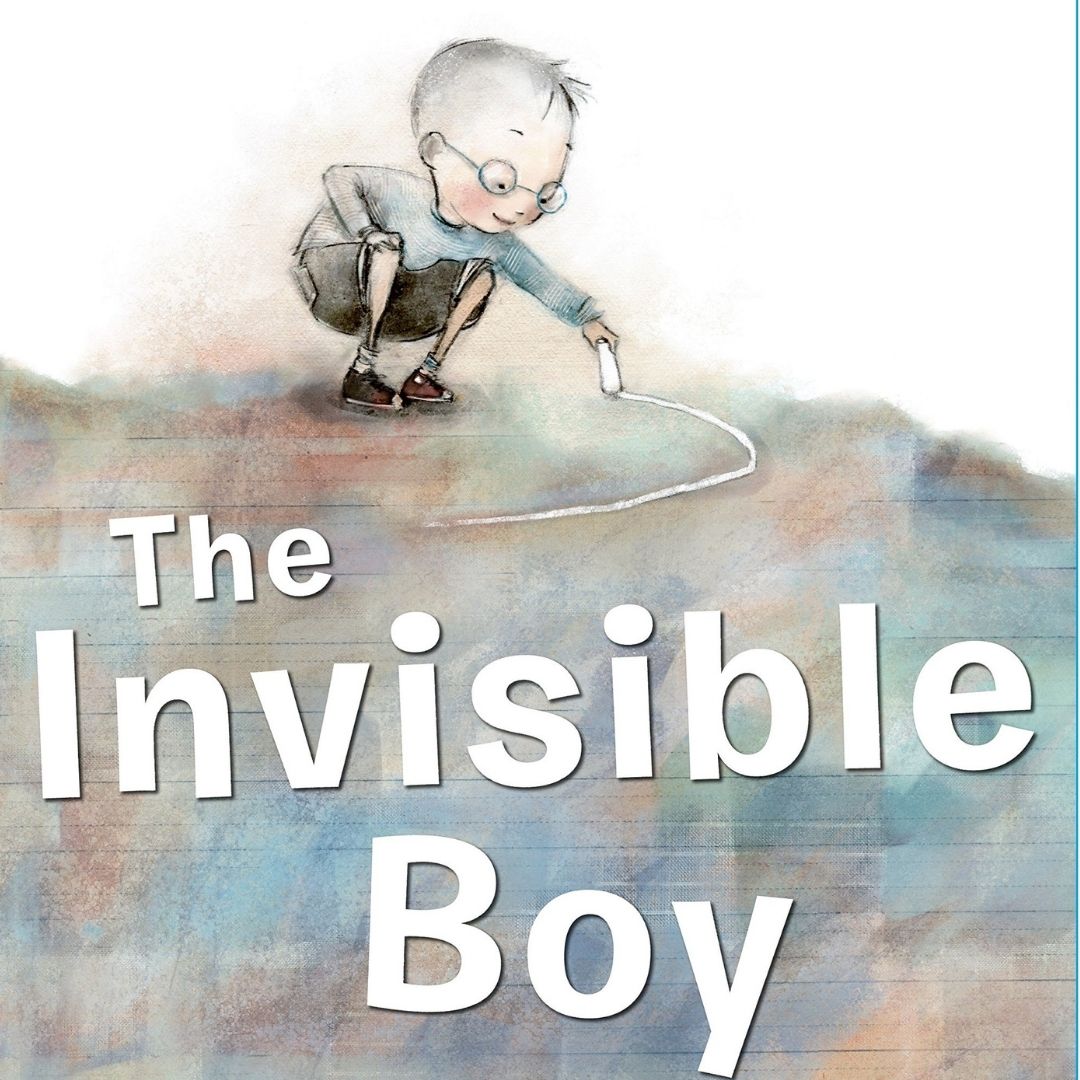
My Very Own Space by Pippa Goodhart is about a little rabbit who tries to read a book in peace, but there’s too much noise going on around him for him to do it. His problem is to find a space just for him to read and enjoy the pictures in his book. This story encourages students to find opportunities while solving problems as they test their ideas (e.g. getting a chair and draping a sheet or towel over it and sitting under it). The possibilities for engineering different designs for quiet spaces are limitless. Creating quiet spots not only solves a problem but communicates that a quiet space is private for daydreaming, playing games and doing assignments at home or in school.
Regardless of whether learning takes place virtually, in person or as a combination of both, there will be challenges to be addressed by children, parents and teachers, The key is to recalibrate their expectations, support and the use of digital resources on the path back to school and to remember that it is the beginning of a journey, rather than a destination.
Judy Reinhartz is professor emeritus at the University of Texas at Paso; board member of the Santa Fe Alliance for Science and a co-lead of its Adopt-A-School program; and the director of the Literacy + Math Coaching Program, MathAmigos. Most of the books she recommends are available in the Santa Fe Public Library and on YouTube.

